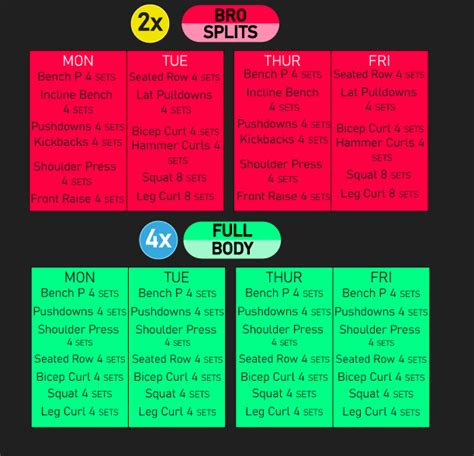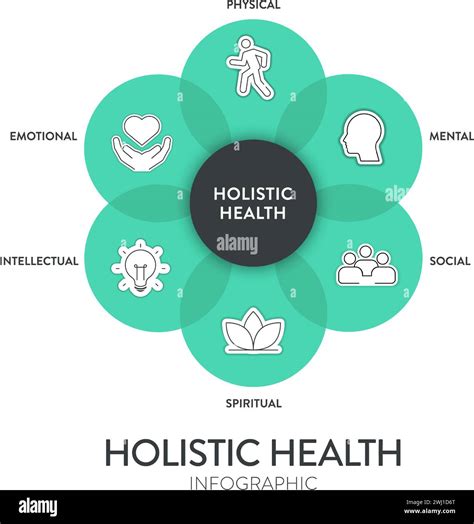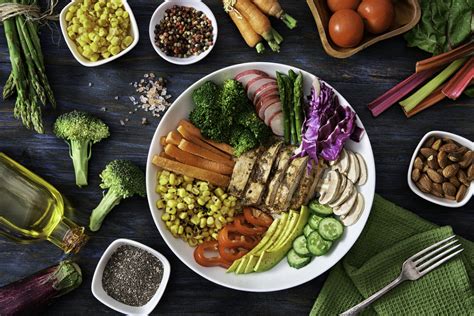Optimize weekly workout split for max hypertrophy & strength gains?

Understanding the Pillars of an Effective Workout Split
Achieving significant hypertrophy (muscle growth) and strength gains requires more than just showing up to the gym. A meticulously planned weekly workout split is the cornerstone of any successful training regimen. It dictates how often you train specific muscle groups, the total volume you subject them to, and ultimately, your body’s ability to recover and adapt. This guide will walk you through the principles and popular options to help you craft the ideal split for your goals.

Key Principles for Optimizing Your Training Split
Before diving into specific layouts, understanding the fundamental principles is crucial:
- Frequency: How often you train a muscle group. For hypertrophy, training a muscle 2-3 times per week is often superior to once a week.
- Volume: The total amount of work performed (sets x reps x weight). There’s an optimal range for both hypertrophy and strength, which can vary per individual.
- Intensity: The effort level, typically measured by percentage of your one-rep max (1RM) or proximity to failure. Higher intensity (heavier weights) is key for strength, while moderate intensity with higher volume is better for hypertrophy.
- Recovery: Adequate rest between sessions for the same muscle group is vital for muscle repair and growth.
- Progressive Overload: Continuously challenging your muscles over time by increasing weight, reps, sets, or decreasing rest times. This is non-negotiable for both hypertrophy and strength.
Popular Workout Splits for Hypertrophy and Strength
Different splits suit different goals, lifestyles, and recovery capacities.
1. Full Body Split
Trains all major muscle groups 2-3 times per week. Great for beginners, often allows high frequency, and good for overall strength and conditioning. Recovery can be an issue if volume per session is too high.
2. Upper/Lower Split
Divides the body into upper body and lower body days, typically done 4 days a week (e.g., Upper, Lower, Rest, Upper, Lower, Rest, Rest). Allows for more dedicated volume per muscle group than full body and offers good frequency (each group twice a week).

3. Push/Pull/Legs (PPL) Split
Divides workouts by movement patterns: Push (chest, shoulders, triceps), Pull (back, biceps), Legs (quads, hamstrings, glutes, calves). Often done 3 or 6 days a week. A 6-day PPL offers high frequency (each group twice a week) and allows for significant volume per session. This is a very popular and effective split for both goals.

4. Body Part Split (Bro Split)
Each major muscle group is trained once a week (e.g., Chest day, Back day, Leg day, Shoulder day, Arm day). While popular, for optimal hypertrophy, the once-a-week frequency might be suboptimal for most natural lifters compared to higher frequency splits.
Choosing the Right Split for Your Goals
The “best” split is highly individual. Consider these factors:
- Experience Level: Beginners often benefit from full-body or upper/lower splits due to lower overall volume and more practice with basic movements. Advanced lifters can handle higher frequency and volume with PPL or even specialized splits.
- Recovery Capacity: Are you prone to overtraining? Do you get enough sleep and nutrition? More frequent, high-volume splits demand excellent recovery.
- Time Commitment: How many days per week can you realistically dedicate to the gym? A 3-day full body or PPL might be better than a 6-day PPL if time is limited.
- Specific Goals: For pure strength, an Upper/Lower or PPL with lower reps and higher intensity might be preferred. For hypertrophy, a 6-day PPL or an Upper/Lower with moderate reps and higher volume works well.

Optimizing for Maximum Hypertrophy
Focus on a rep range of 6-12 (though higher and lower can also be effective), 10-20 working sets per muscle group per week, and maintaining tension. Ensure progressive overload by gradually increasing weight or reps over time. Incorporate compound movements (squats, deadlifts, bench press, rows) and isolation exercises.
Optimizing for Maximum Strength Gains
Prioritize compound movements with a rep range of 1-5, working at 80%+ of your 1RM. Maintain lower overall volume but higher intensity. Implement specific strength programs (e.g., 5×5, 3×5) and periodization where intensity and volume are systematically varied. Technique and recovery are paramount.
Combining Hypertrophy and Strength
Many lifters want both. This can be achieved through:
- Periodization: Cycling through phases of strength-focused training and hypertrophy-focused training.
- Concurrent Training: Incorporating both high-intensity, low-rep sets for strength and moderate-intensity, higher-rep sets for hypertrophy within the same workout or week. For instance, start with a heavy compound lift (strength focus), then move to higher-rep accessory work (hypertrophy focus).
- Hybrid Splits: A common approach in PPL or Upper/Lower is to have one strength-focused day and one hypertrophy-focused day for each muscle group per week.

The Undeniable Role of Recovery and Nutrition
No matter how perfect your split, without adequate sleep (7-9 hours), proper nutrition (sufficient protein, carbs, and healthy fats), and stress management, your gains will be suboptimal. These factors fuel muscle repair and growth, enabling you to consistently progress.
Conclusion
Optimizing your weekly workout split for max hypertrophy and strength is a dynamic process of experimentation and adherence to foundational principles. Understand your body, be consistent, prioritize progressive overload, and allow for sufficient recovery. By thoughtfully applying these strategies, you’ll be well on your way to building the physique and strength you desire.








